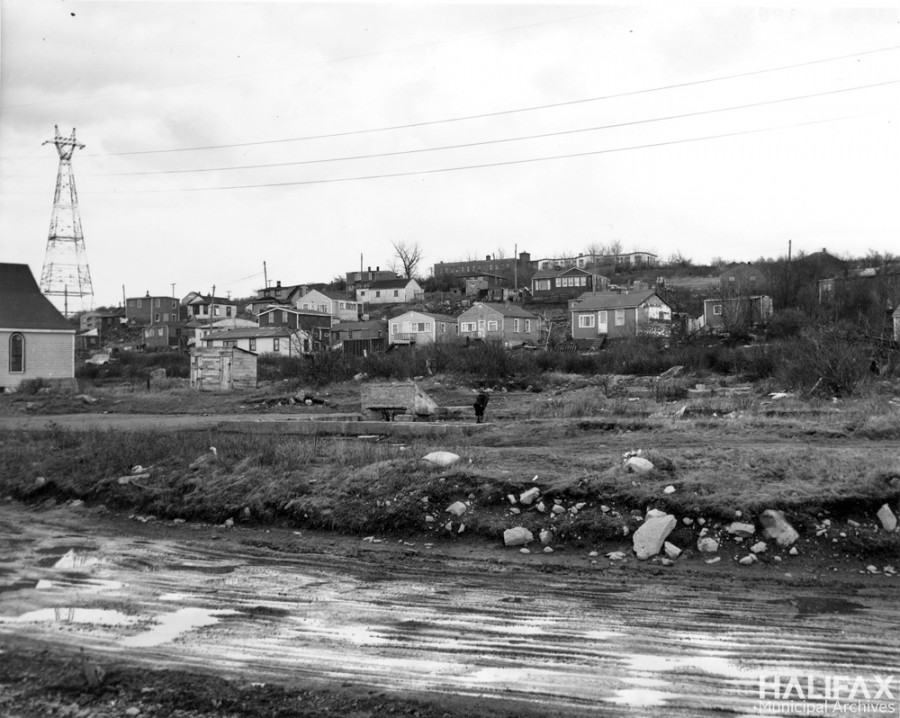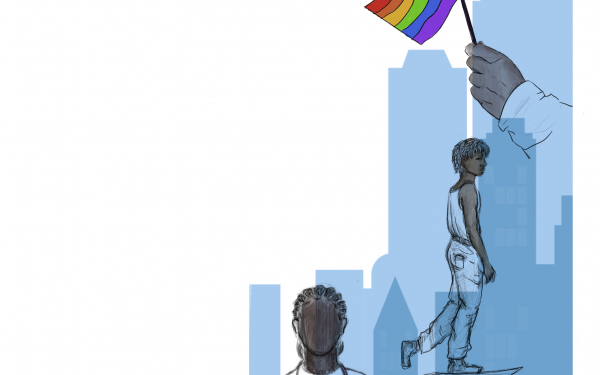Editorial: Honouring the Hidden Black Gems of Canadian History
Do the names Viola Desmond, Lillie Johnson, Fred Christie or Dr. Clement Ligoure ring a bell?
Their names remain rarely uttered in classrooms as their stories and accomplishments are often overlooked or forgotten. Yet, each of these individuals had a great impact on Canadian history and, arguably, the world.
It is unsurprising that many would shrug at the mention of Dr. Ligoure. Still, this did nothing to deter the members of Development Options Halifax and Friends of the Halifax Common from rallying and campaigning to honour Black history and apply for heritage designation.
On Jan. 24, the Halifax Regional Council voted unanimously to designate Dr. Ligoure’s home a heritage property. Dr. Ligoure was Nova Scotia’s first Black doctor. Born in Trinidad in 1886, Dr. Ligoure graduated from Queen’s University in 1916. Following his move to Halifax, he aided in the recruiting for the No. 2 Construction Battalion—Canada’s only all-Black unit to be deployed during the First World War.
Dr. Ligoure was turned down for the role of battalion medical officer. It was usual for white soldiers to refuse to fight alongside their Black counterparts.
After being denied hospital privileges in Halifax despite his licensure, Dr. Ligoure responded by opening his own clinic in his home which he named after his mother, Amanda.
Beyond his role as a doctor, Dr. Ligoure was also the editor and publisher of the first Black newspaper in Nova Scotia, the Atlantic Advocate, which he also published from his home.
One of Dr. Ligoure’s most heroic acts was on Dec. 6, 1917. Following a blast from a naval collision that killed almost 2,000 people and injured another 9,000, Dr. Ligoure worked tirelessly treating hundreds of victims and saving countless lives; free of charge.
Advocates are now suggesting to the Nova Scotia Health Authority to transform his home into a clinic but nothing has been decided as of yet.
Sharon Brown Ross, a member of the Nova Scotia Human Rights Commission, was among those gathered on the morning of Jan. 24 ahead of the decision.
"Please don't be coerced in repeating yet another historic erasure of a segment of Black African history in Halifax," stated Brown Ross. Dr. Ligoure’s heroic act of selflessness saved hundreds of lives and his contribution to Canadian history and Black Canadian history should not be erased or understated.
In history classes, Canadians often sit on our few laurels. We recount our history as saviours rather than culprits. We prioritize our involvement in the underground railroads and start our history in the 19th century, all while wilfully omitting our own 200 years of slavery.
Too often, we ignore the racial injustices that Canada perpetrated, even in recent years like the Indian Act, Chinese Immigration Act, The West Indian Domestic Scheme or the history of Africville.
One may be unknowing of the African-Canadian village called Africville. It was a predominantly Black community on the outskirts of Halifax. Overtime, it became a thriving tight-knit community with the Seaview United Baptist Church as its social and spiritual epicentre.
Discrimination and poverty caused many hurdles for the community of Africville. The city of Halifax refused to provide basic amenities and services on multiple occasions, including waste management or even access to clean water.
Taxpaying Africville residents were instead further burdened by the city’s decision to build many unwished-for developments such as a prison, a dump and an infectious disease hospital in and around the community.
To make matters worse, in January 1964, the city of Halifax opted to relocate Africville residents, rather than to improve their current standard of living without any meaningful consultation with the community.
Despite claiming that this was done to improve their quality of life, it was reported that more than 80 per cent of residents were never contacted or consulted by the group in charge of consulting the community: the Halifax Human Rights Advisory Committee.
After years of persecution by local government and property developers, Africville was ultimately destroyed. Residents who could prove ownership of their properties were offered a lump sum payment allegedly equal to the value of their home. Those without proof of ownership were offered a mere $500. This was for the instances that did not involve threat of expropriation, bribery, intimidation and other forms of coercion. Despite the resistance and resilience shown by the community of Africville, the last remaining home was destroyed in January 1970.
Africville is a symbol of Black resilience and solidarity in Canada. But its history of discrimination and suffering is far from unique. Like many other thriving Black communities—such as Tulsa, Rosewood, Oscarville, Priceville, Hogan’s Alley—Africville was a beacon of hope for Black liberation and unity that simply posed too great a threat to white supremacy and colonialism.
In 2010, a settlement was reached and a public apology from the Mayor of Halifax was issued for the destruction of Africville. Although not all residents accepted the apology, part of the settlement was used to rebuild Seaview Church, which is now the Africville Museum.
This is why honouring the likes of Dr. Ligoure is vital to combating white supremacy.
Though this rich history is now buried in its past, remnants of its glory prevail. The plans for the future of his home may remain uncertain, but the past heroism of Dr. Ligoure and all those who fought for Black Canadians will be forever remembered through time as part of Canadian history.
This article originally appeared in Volume 43, Issue 11, published February 7, 2023.


_600_832_s.png)




